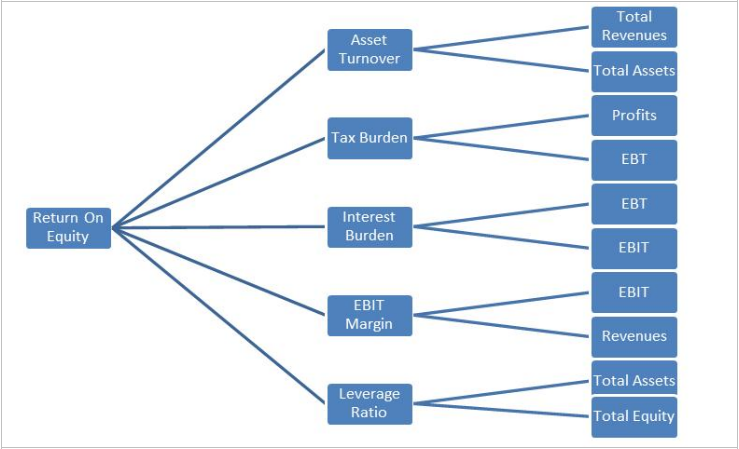 Having taken the time to discuss how to calculate and manipulate the three part Dupont and 5 part Dupont models to understand where it is that a company’s return on equity is coming from, we can now start to look at where it is that these formulas are most useful, and where it is that they fall short. Most importantly, we are going to look at the how it is that the sheer breadth of the formulas can provide us with both a fantastic overview of a company, at the cost of dangerously broad assumptions.
Having taken the time to discuss how to calculate and manipulate the three part Dupont and 5 part Dupont models to understand where it is that a company’s return on equity is coming from, we can now start to look at where it is that these formulas are most useful, and where it is that they fall short. Most importantly, we are going to look at the how it is that the sheer breadth of the formulas can provide us with both a fantastic overview of a company, at the cost of dangerously broad assumptions.
The main strength of the Dupont models of analysis is the way in which it indirectly takes into consideration an extremely broad set of information to create its outcome. While the formula starts with only a few key input ratios, the inputs to these factors actually represents a much larger picture of our investment opportunity overall. This breadth is known as the ‘Dupont Tree’, and is demonstrative of just how much information we are covering. For example, through the asset turnover ratio input, we are indirectly tapping into a great deal of information that we can learn from the balance sheet, income statement, and their interlocking relationship. Included below is a visual representation of the Dupont tree, which illustrates just how much of a company’s operating aspects are covered:

In looking through the sheer size of this chart, it is easy to assume that the Dupont model for analysis provides us with an entirely inclusive representation of a company’s operations. However, its important to be aware of the risks of over simplification. As with all accounting-based metrics, the model is only as accurate as the numbers reported by the company in the first place (which aren’t always reliable). As well, the model doesn’t take into consideration the nuances behind those numbers that a company is reporting.
For example, while the leverage ratio will show us a representation that takes the equity balances taken out by the company, it will not help us to understand the costs of capital that went into financing that equity, and will also neglect to provide a clear picture of how it is that special dividend cases would impact the financial picture of the company. What’s more, it would be easy for a company to misrepresent it’s Dupont ROE because the metric does not take into consideration the risks of dilution, or any other information that would require manual adjustment to the inputs themselves.
Essentially, the biggest short-falls of the Dupont model of analysis come as a result of it being used on its own, without the additional value created by context. Without an understanding of the contexts surrounding an opportunity, we will never be able to come up with a meaningful investment conclusion about a company using accounting information alone. As such, critical economic, technical, and even sociological factors could provide extremely valuable additions to a personal investor that is looking to dig deeper into the opportunities associated with Dupont RoE.



